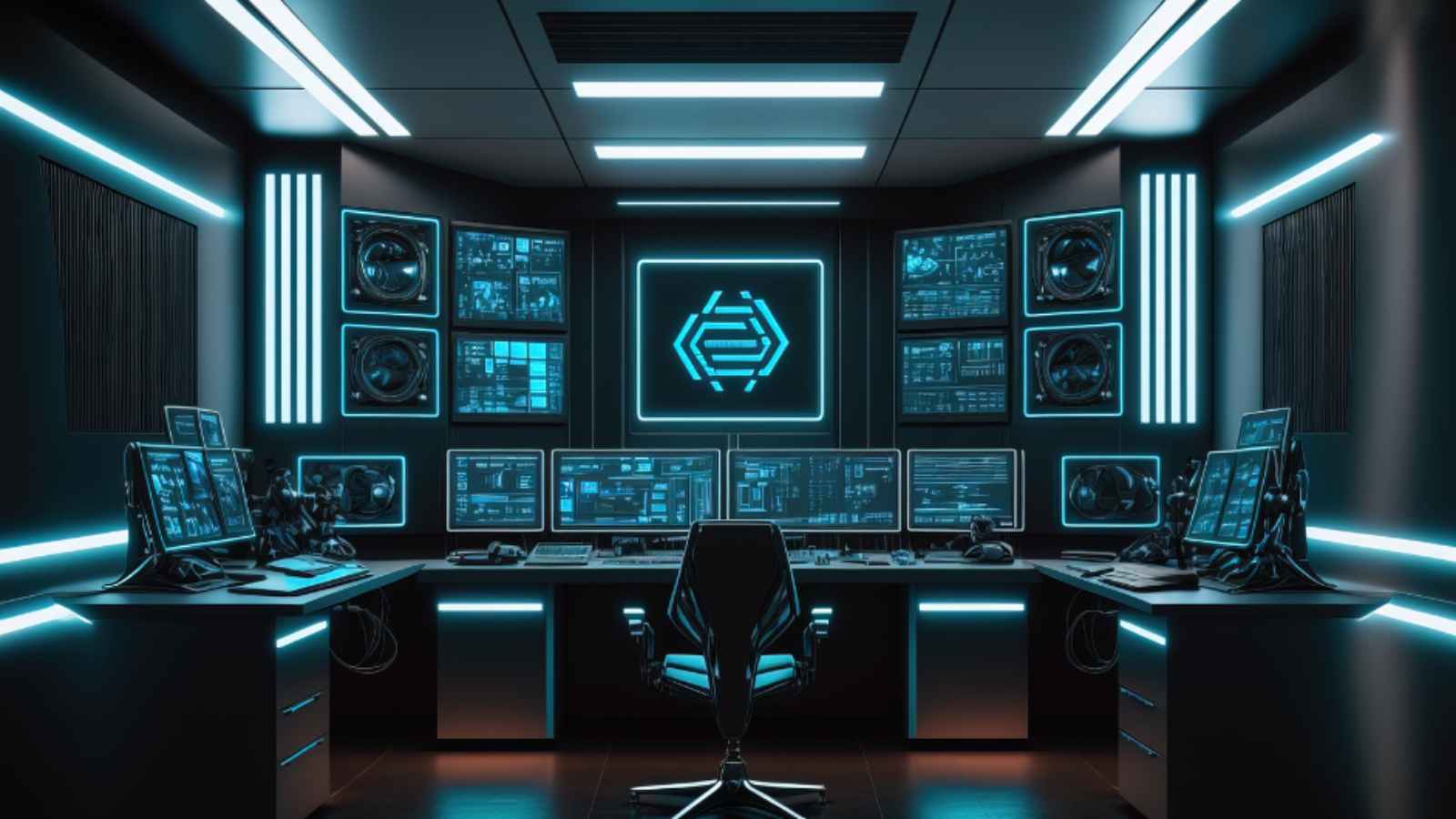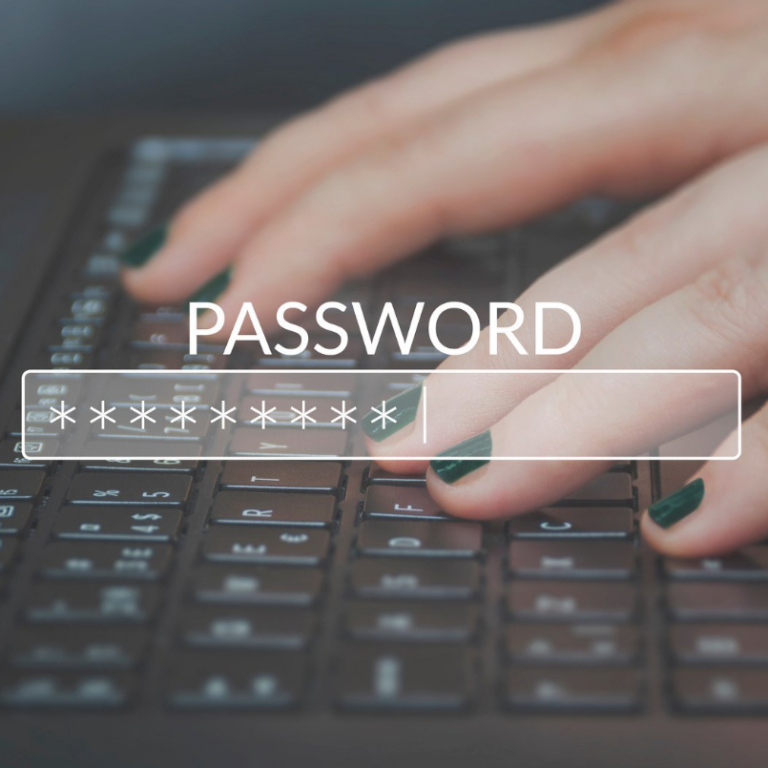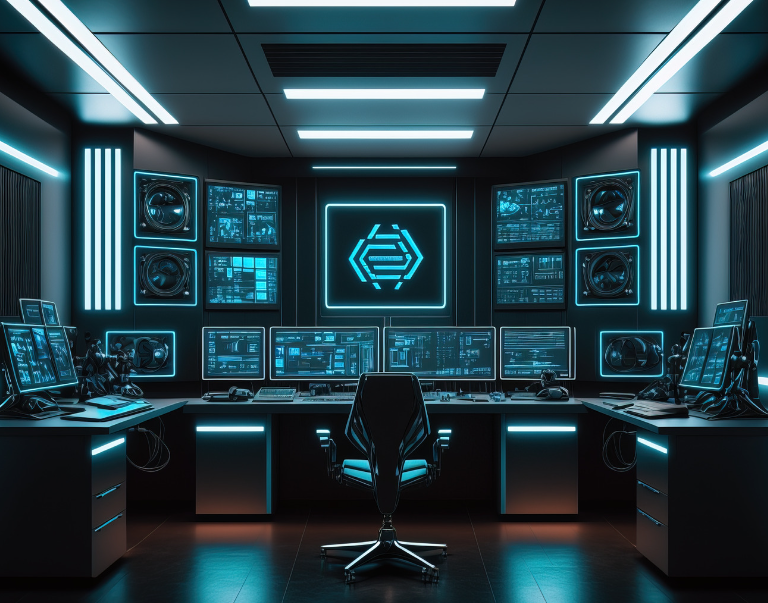In today’s digital age, cybersecurity threats are more prevalent and sophisticated than ever before. To combat these threats, businesses must maintain constant vigilance and be prepared to respond instantly. This is where a Security Operations Center (SOC) comes in. Let’s dive into how 24/7/365 monitoring and real-time interventions by a SOC can safeguard your organization.
The Role of a Security Operations Center (SOC)
What is SOC?
A Security Operations Center (SOC) is a centralized unit that deals with security issues on an organizational and technical level. It employs a combination of people, processes, and technologies to continuously monitor and improve an organization’s security posture while preventing, detecting, analyzing, and responding to cybersecurity incidents.
Types of SOC?
- In-house SOCs: Managed by the organization itself, offering full control and customization.
- Managed SOCs: Outsourced to a specialized service provider, often more cost-effective and scalable.
Key Components
- People: Skilled analysts, incident responders, threat hunters, and other experts.
- Processes: Established protocols and procedures for handling security events.
- Technology: Advanced tools and systems like SIEM, EDR, XDR, and SOAR.
Benefits of 24/7/365 Monitoring
Continuous threat detection and immediate anomaly identification provide an invaluable shield against cyber threats. This constant vigilance significantly reduces potential damage, ensuring your business remains secure around the clock.
Continuous Threat Detection
Around-the-clock monitoring ensures that threats are detected the moment they occur, regardless of time or day. This constant vigilance reduces the window of opportunity for attackers.
Immediate Anomaly Identification
With 24/7 monitoring, anomalies and potential breaches are identified in real time. This rapid detection allows for swift action, minimizing the impact of any security incidents.
Reduced Dwell Time
Quick detection and response significantly reduce the time an attacker can remain undetected within your systems, limiting the potential damage.
Technologies and Tools Used
Leveraging advanced tools like SIEM, EDR, XDR, and SOAR enhances threat detection and response. Understand how integrating AI and machine learning can elevate your SOC’s capabilities, offering robust protection against sophisticated attacks.
SIEM (Security Information and Event Management)
SIEM systems collect and analyze log data from various sources to identify suspicious activities and provide real-time analysis.
EDR (Endpoint Detection and Response) and XDR (Extended Detection and Response)
EDR and XDR tools provide detailed visibility into endpoints and across multiple security layers, respectively, enhancing threat detection and response capabilities.
SOAR (Security Orchestration, Automation, and Response)
SOAR platforms automate routine security tasks and orchestrate responses to complex threats, improving efficiency and reducing manual workload.
The Role of AI and Machine Learning
AI and machine learning enhance SOC capabilities by identifying patterns and anomalies that may indicate a security threat, even those that might go unnoticed by human analysts.
Challenges and Solutions
Addressing common challenges like alert fatigue, skill shortages, and evolving threats is crucial for a SOC’s success. Explore strategies for overcoming these obstacles, including automation, training, and leveraging managed services to enhance your SOC’s efficiency.
Common Challenges
- Alert Fatigue: Overwhelming number of alerts can lead to important ones being missed.
- Skill Shortages: Difficulty in finding and retaining skilled security professionals.
- Evolving Threats: Constantly changing threat landscape requires ongoing adaptation.
Overcoming Challenges
- Automation: Use automation to handle routine tasks and reduce alert fatigue.
- Training and Development: Invest in continuous training and career development for SOC staff.
- Leveraging Managed Services: Consider outsourcing to managed SOC providers to fill gaps in skills and resources.
Conclusion
The importance of 24/7/365 monitoring and real-time interventions cannot be overstated in today’s threat landscape. By investing in a robust SOC, organizations can significantly enhance their security posture, detect threats promptly, and respond effectively to mitigate risks. As cybersecurity threats continue to evolve, the role of SOCs will become increasingly crucial.
Your Action Plan for Cyber Defense is here!











